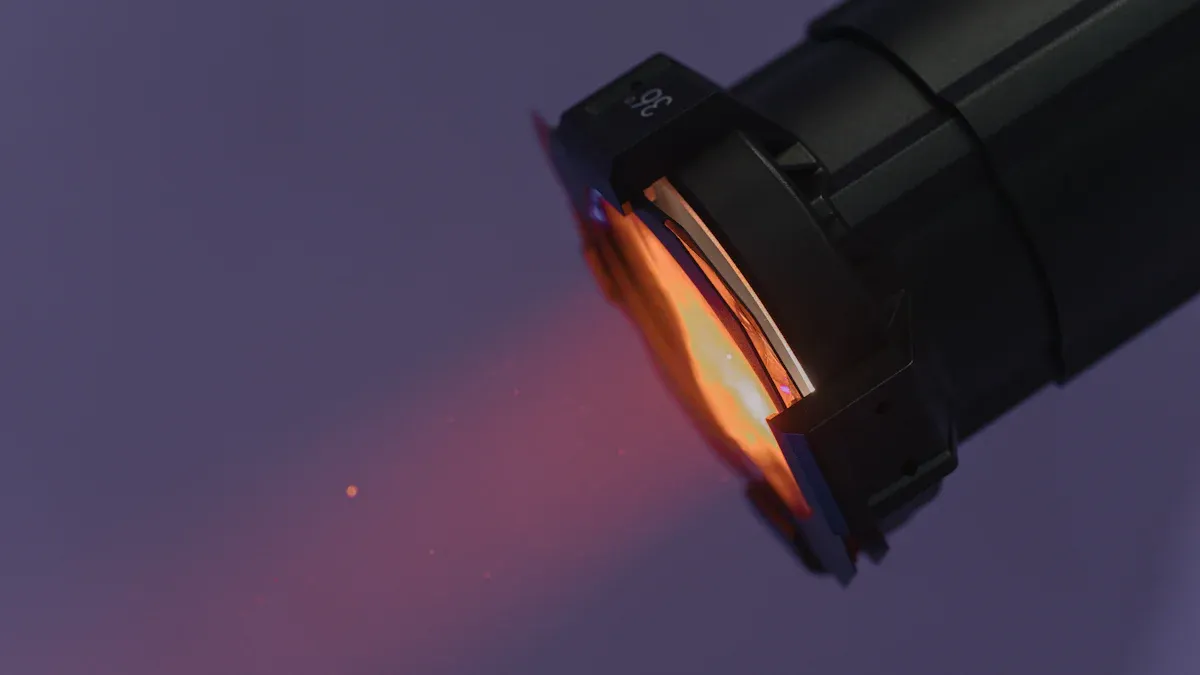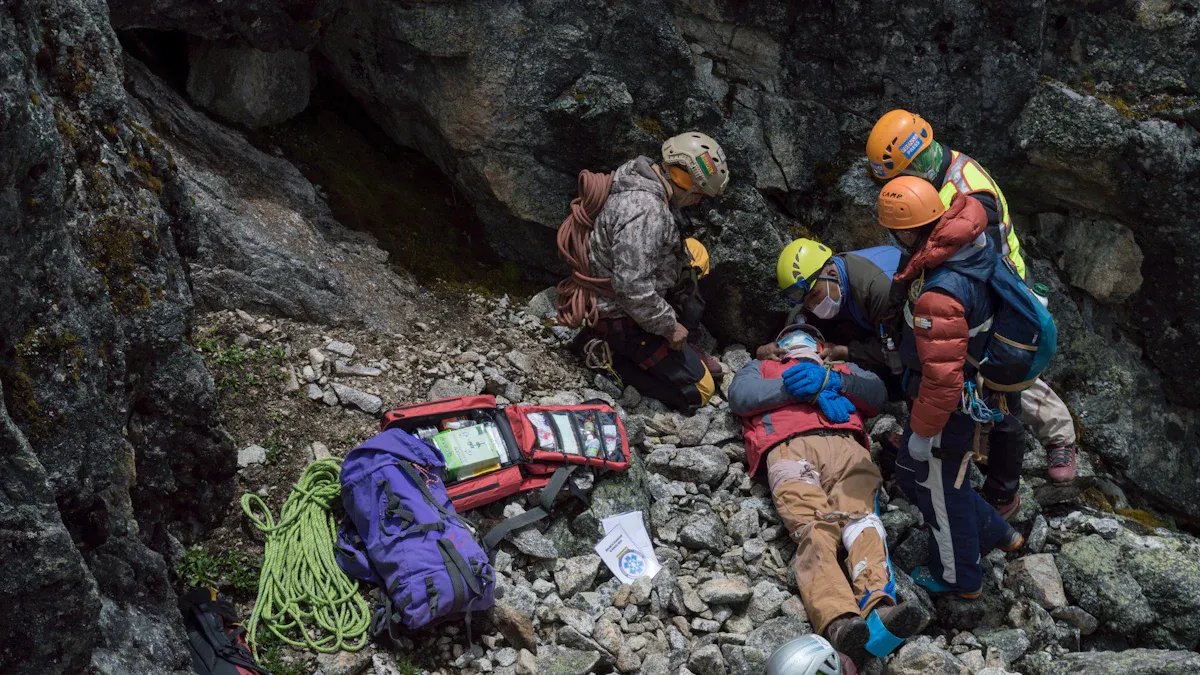
Search and rescue (SAR) teams rely on powerful tools to navigate extreme conditions. High-lumen flashlights play a critical role by providing intense illumination in low-visibility environments. These tools help rescuers locate individuals in dense forests, collapsed structures, or during nighttime operations. Features like the brightness of 2000-lumen flashlights ensure that even the darkest areas are illuminated, improving operational efficiency. Technical specifications, such as battery life and durability, directly impact the effectiveness of these tools in life-saving missions. Selecting the right flashlight is essential to ensuring safety and success in challenging scenarios.
Key Takeaways
- Flashlights with 2000 lumens or more are great for lighting dark areas during rescue missions.
- Strong and waterproof flashlights are important; they work well in tough conditions during emergencies.
- Pick flashlights with brightness settings and strobe modes for better communication and flexibility in busy situations.
- Cleaning and taking care of batteries help flashlights last longer and work better.
- Choose a flashlight that fits the job to get the best results in different rescue tasks.
The Role of Flashlights in Search & Rescue Operations

Navigating Low-Visibility Conditions
Search and rescue operations often occur in environments with limited visibility, such as dense forests, collapsed buildings, or during nighttime. Flashlights provide critical illumination, enabling rescuers to scan large areas quickly and identify hazards. High-lumen flashlights, particularly those with outputs of 500 lumens or more, excel in these scenarios by offering powerful beams that cut through darkness. Advanced LED technology enhances their performance, ensuring longer run times and reduced heat generation, which is vital for extended missions.
During the 2010 Chilean mine rescue, flashlights played a pivotal role in guiding rescuers through dark tunnels and ensuring the safety of trapped miners. This example highlights the indispensable nature of reliable lighting tools in life-threatening situations.
Enhancing Team Coordination
Effective communication and coordination are essential for SAR teams. Flashlights with adjustable brightness levels and strobe modes serve as signaling tools, allowing team members to convey messages or alert others to their location. These features are especially useful in chaotic or noisy environments where verbal communication may fail.
- Flashlights with strobe modes can signal distress or mark specific areas.
- Adjustable brightness ensures that rescuers can adapt to varying conditions, from close-up tasks to long-distance signaling.
The versatility of high-performance flashlights, including 2000-lumen flashlights, ensures that SAR teams remain synchronized, even in the most challenging conditions.
Locating Individuals in Hazardous Areas
Rescuers often face hazardous environments, such as collapsed mines or areas with explosive gases. Intrinsically safe flashlights, designed to prevent sparks and overheating, are crucial in these situations. High-lumen flashlights with focused beam options provide long-distance visibility, enabling rescuers to locate individuals trapped in debris or isolated in remote areas.
- Lumen output classifications highlight their importance:
Lumen Range Application 50-200 lumens Close-up tasks 200-500 lumens General work environments 500+ lumens Open areas requiring high visibility
These tools not only illuminate the path but also symbolize hope for those awaiting rescue. Their reliability and efficiency make them indispensable in life-saving missions.
Key Technical Specifications of High-Lumen Flashlights

Brightness Levels: Why 2000-Lumen Flashlights Are a Benchmark
Brightness is the cornerstone of any high-lumen flashlight. For search and rescue operations, 2000-lumen flashlights have become a benchmark due to their ability to illuminate vast areas with precision. These flashlights produce a beam powerful enough to penetrate dense fog, heavy rain, or smoke, ensuring visibility in the most challenging conditions.
High-lumen flashlights with 2000 lumens or more excel in both focused and wide beam applications. Focused beams are ideal for pinpointing distant objects, while wide beams provide comprehensive coverage for scanning large areas. This versatility makes them indispensable for SAR teams working in diverse environments.
Post time: May-15-2025
 fannie@nbtorch.com
fannie@nbtorch.com +0086-0574-28909873
+0086-0574-28909873





